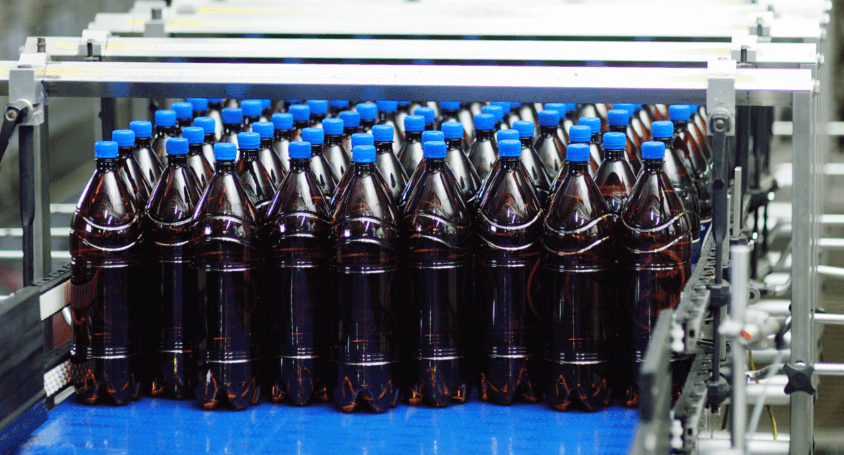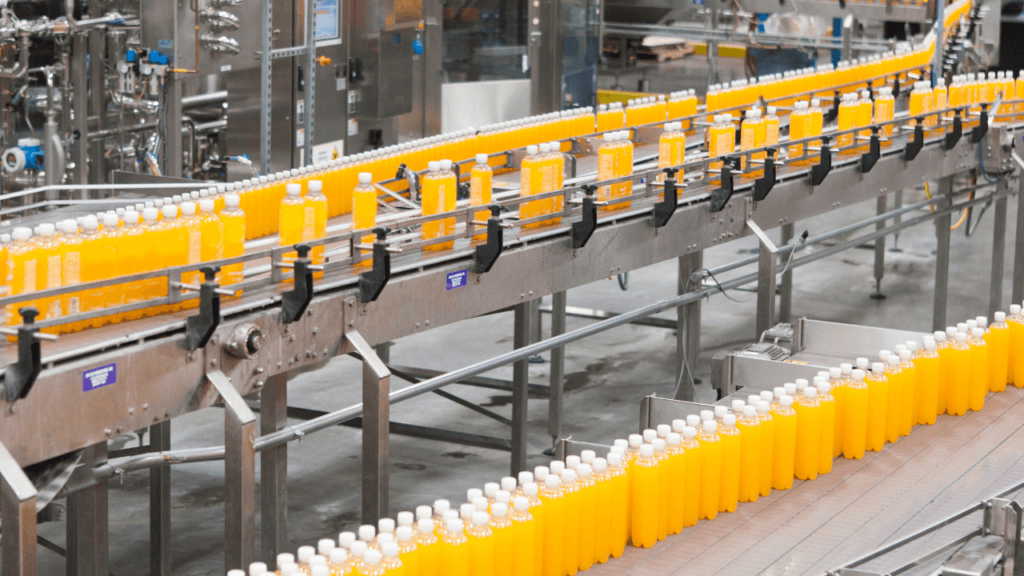At a Glance
A food and beverage manufacturing facility in Fresno, CA required a solution to lower the BOD concentration of their wastewater generated from their crusher and bottling operations. They turned to Aquacycl to reduce costs while addressing operational challenges and bring sustainability benefits.
tons of CO2e mitigated
lbs of BOD removed
average monthly savings
The BOD Challenge
Food and beverage manufacturing facilities discharge process water with high organic content, measured as biological oxygen demand (BOD). BOD is a key pollutant regulated by utilities, often leading to surcharges for industrial clients. This leaves these facilities with the challenge of reducing the organic load before discharge or opting for costly offsite disposal.
In 2020, a food and beverage manufacturing facility in Fresno, CA, aimed to lower costs and reduce sewer surcharges on their process water. In a high surcharge area, they were charged $0.26 per pound of BOD by the city. With crusher operations onsite, fluctuations in BOD discharge occurred due to returned products and bad batches, leading to unpredictable sewer surcharges.
To lower BOD levels and stabilize costs, the food and beverage facility considered onsite wastewater treatment, which would be more cost-effective than hauling and align with their climate and water goals.
- The facility was being charged $0.26 per pound of BOD by the city
- Returned products and bad batches often resulted in 5x increase in BOD
- Led to high and unpredictable bills
The Cost-Saving Solution
The food and beverage manufacturer utilized Aquacycl’s BioElectrochemical Treatment Technology (BETT®) to address their challenges. This onsite, lower-cost solution ensured permit compliance and was energy and carbon-neutral. The BETT® system also facilitated cost-effective onsite process water reuse, helping the food and beverage facility meet their Scope 1, 2, and 3 targets and water use ratio goals.
When their process water was evaluated, Aquacycl found that 3% of the total volume stream contained more than 60% of the total BOD concentration sent to the sewer. This small volume was more than tripling the their bills in some months. To solve this, Aquacycl utilized flow segregation from the batch room and the crusher to isolate this low volume, high concentrate stream and treat it through the BETT® system, drastically reducing surcharges.
BETT® is the only technology capable of treating these concentrated streams without dilution, effectively lowering BOD levels. A 7-month trial period validated the system, consistently demonstrating cost savings and reliability under variable conditions.
- Turned to Aquacycl’s BioElectrochemical Treatment Technology (BETT®) system
- Onsite wastewater treatment housed in a 40ft shipping container
- Remote monitoring and control
- Guaranteed compliance and predictable monthly pricing
- All system operations, maintenance and sludge management
The Results
Aquacycl’s BETT® system, housed in a single 40-ft container, removes an average of 1,600 lbs of BOD per day, leading to a minimum 25% net monthly savings on sewer surcharges. Savings have reached up to 49% due to fluctuations in BOD levels and disposal of bad batches.
The system surpassed performance KPIs, achieving over 1,600 lbs/day in BOD removal and up to 140 lbs/day in Total Suspended Solids (TSS) removal. Operating on only 60 kWh/day, it continues to perform effectively under variable organic loads and high BOD concentrations, saving the municipality 309,685 kWh of energy in the first year. This not only reduces facility’s Scope 3 carbon emissions but also lessens the utility’s energy needs for treatment.
With Aquacycl’s treatment as a service model, the facility has maintained predictable monthly process water costs without any CapEx investment. Even if the equipment is purchased, the BETT® system’s service package includes real-time remote monitoring and control, onsite service visits as needed, and sludge removal when required (once every two years).

Key Results
Aquacycl’s single 40-ft containerized unit removes 1,600 lbs of BOD daily, saving the facility at minimum ~25% and up to 49% on wastewater bills by reducing surcharges.
- Over 1,000 tons of CO2e mitigated
- Removed about 474K lbs of BOD
- Slightly under 400K kWh saved by the city for treatment
- 25% average monthly savings
Predictability of wastewater treatment costs
- Reduced risk of potential production disruptions
- Reduced surcharge costs and variability
Reputational Outcomes
- Improved quality of discharge continued to demonstrate leadership in corporate water stewardship
- Helped maintain a positive relationship with the utility by avoiding significant BOD discharge to sewer
- Implementation of new technology that demonstrated impact achieving water and climate-related commitments
Peace of Mind
- The guaranteed performance, hands-off operations and 24/7 remote monitoring and control provided peace-of-mind, without requiring additional personnel on staff to manage it
System Expansion
This system has been operating since 2021, consistently exceeding KPIs while providing the food and beverage facility with ongoing monthly cost savings. It offers potential for expansion with additional technologies for water reuse, aiding facilities in water-stressed areas to achieve a 1.2 water-use-ratio and meet their water goals.
As a pretreatment step for aerobic methods (e.g., MBR, MBBR, activated sludge), BETT® ensures high water quality, reducing overall energy consumption by 30% and sludge management costs by 70% compared to aerobic treatment alone.






